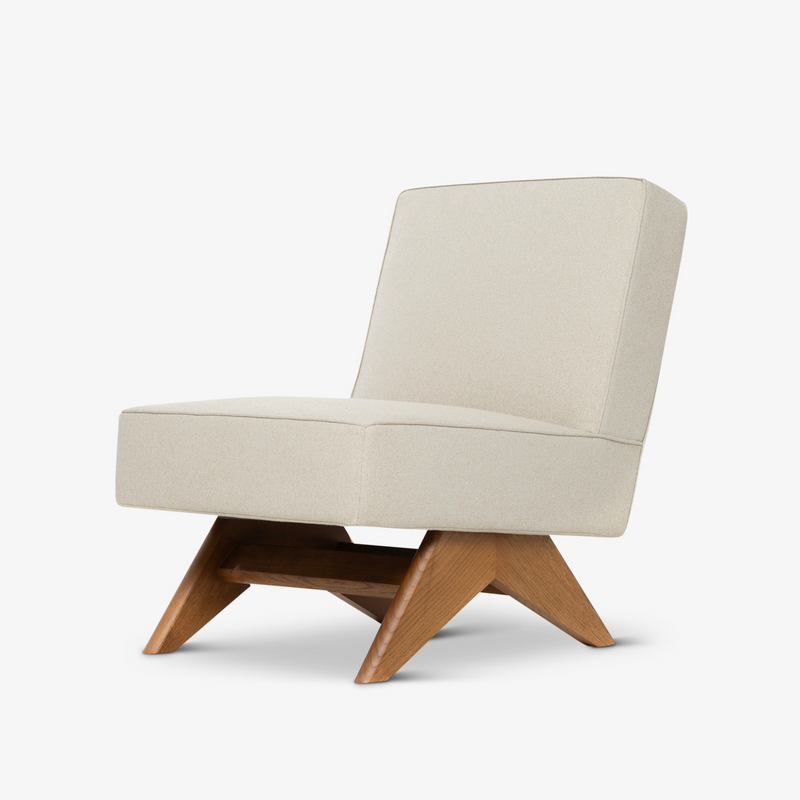
The story behind the design
In the 1950's in Chandigarh, every chair carried an individual identification number, painted on the back to keep track of inventory.
Our chairs continue this tradition, each marked with a unique number. Not in paint, but with state-of-the-art deep laser engraving. This allows every chair to be traced from the source of the wood to its place in your home.
It also serves as a mark of authenticity, giving you the certainty that your chair is a genuine Object Embassy piece.




















